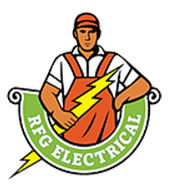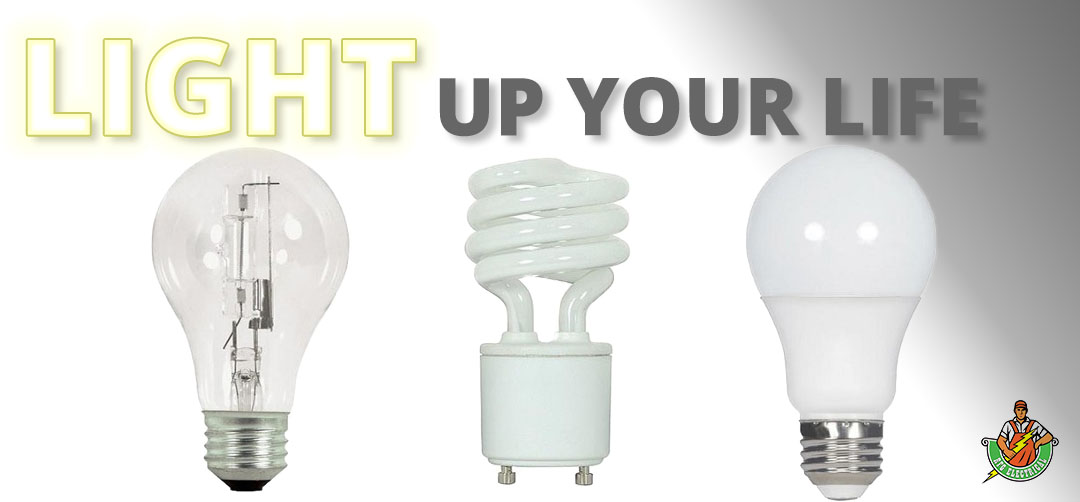Choosing the right light can seem daunting with the rapid change in technology. Let RFG take you through the differences in bulbs and applications to help you make the right choice.
The types of light bulbs used today include Incandescent, Fluorescent, Halogen, high intensity discharge (Hid), and Light-emitting diodes (LED).
Incandescent light bulbs were the standard until new regulations required more energy efficiency, they work by heating a filament to the point of glowing. they discharge heat which comes at a cost of energy.
Halogen light bulbs work with a filament also. However, they use much less energy than conventional Incandescent bulbs.
Fluorescent Bulbs are filled with mercury vapor which, when electrified, produces ultra violet light. They are more efficient than incandescent bulbs and work well in kitchens, hallways, or anywhere that requires a large are of light.
HID Bulbs work like fluorescent bulbs but are purposed for large areas like warehouses or factories.
LED lights pass electricity through diodes that emit light. they operate mostly free of heat discharge which can also save on your air-conditioning costs. they use the least amount of electricity to provide the same light, and are now a common first choice in lighting situations.
Lumens and colour of light
After choosing your light bulb you should consider how much light you need and what colour of light you prefer for that space. The amount of light or lumens are dependent on the wattage of your bulb. A 12w led can produce 800 lumens, while a standard 100w bulb will produce up to 1600 lumens.
Light colour is measured in lumens, the higher the number, the brighter or bluer the light spectrum.
Soft white (yellowish) lights range between 2700k – 3000k and are perfect for bedrooms, living rooms, dens, or anywhere you’d like you lounge.
Warm white (between yellowish and white) lights range from 3000k – 4000k. They work perfect for kitchens, or bathrooms.
Bright white (white to blue) lights measure 4000k – 5000k and offer a brighter option for kitchens and workspaces.
Daylight (blue range) provide bright illumination that is perfect for reading without strain and optimal for technical working areas.
When choosing the right light remember these differentiating factors. The proper application of lighting will provide comfort and energy savings. Always remember, never exceed the suggested wattage of light for your lamp or fixture.



Recent Comments